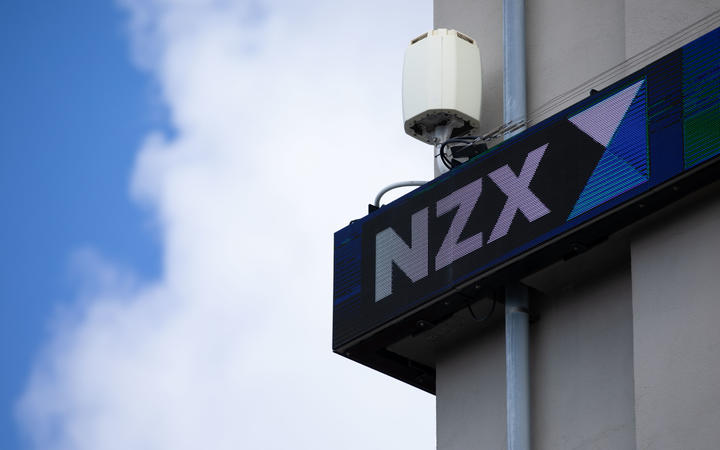
The construction sector has doubled down on its focus on Quality Assurance, and it’s a race to implement compliance policies and procedures. However, the proof for Quality Assurance won’t be found on paper. The only way to move forward is to implement a digital roadmap that can build a standard suite of documents that you can control and give you the flexibility you need to tailor additional items for projects.
Quality Manager for Martinus Rail, Martin Davies, says it’s all about eliminating the amount of paperwork you may be using and “limit choice” to lock down Quality Assurance.
“Quality Assurance is embedded in everything we do,” Davies says.
Martinus Rail controls its Quality Assurance documentation with a core set of digital documents that remain consistent. There is no ability to draft up new documentation for a new project. This means the data delivered back to the organisation is reliable and highly valuable for analysing trends.
“We’ve consolidated and streamlined the digital documentation process with drop-down menus. This gives our team choice without the distraction of white noise as I like to refer to it,” Davies says.
Safety & Risk Mitigation
For those organisations wondering whether they can simply document their Quality Assurance processes on paper, there is a compelling reason that digital processes deliver the control over safety and risk mitigation the industry is seeking. The digital documentation process for Quality Assurance allows for more control and consistency, plus better input and access to information. Crucially, it is the quick access to that information for analysis that differentiates the outcome.
“Rather than manually entering everything into a spreadsheet, errors and all, this paper register can be digitised to automatically flow through the system. By reducing the unwanted manual handling that goes on in projects, you are improving the error rate and information that underpins your Quality Assurance outcomes,” Davies says.
For Martinus Rail, the whole point of Quality Assurance is to prove that what it has built has been built the way it was intended to be built. Being able to directly access all of that integrated information is extremely important.
“With the impending legislation for design and building in NSW, there is a new emphasis on the Quality Assurance process also meeting its own quality standards. There are black and white requirements now – no grey areas – and your documentation checklist needs to be transparent and accessible,” Davies explains.
He also points out the benefits of quality control of a digital quality process.
“Electronic systems can gatekeep you at certain project milestones until issues are resolved. Once an action is raised, it must be followed through. Being able to run a report to assess the actions that remain open on a project gives clear oversight and introduces a much higher benchmark for accountability.”
Maintaining Quality Assurance Compliance
Davies believes there is “nowhere to hide with digital”, and we are entering a new era of collaboration and accountability.
“The construction management system is directing the reports now, so you can’t simply give the client the news they want to hear – the system focuses on the truth.”
To achieve an environment that focuses on maintaining QA compliance is an extension of Davies’ ‘white noise’ reduction policy.
“With an integrated construction management platform, we are capable of building a dashboard either on a project or company level, which gives us the oversight into Quality Assurance we need. We can traffic light the system and only attend meetings to focus on the amber and red. No more unnecessary discussion about what is going well as the system is capable of reporting on that.”
Achieve end-to-end quality assurance during the whole construction process.

Cathryn Van Der Walt
Cathryn is a professional communications consultant and has been writing about all things technology related for over 20 years. Cathryn particularly enjoys covering how technology is continuing to transform the world – industry by industry.
Reader Interactions
Note: This article have been indexed to our site. We do not claim legitimacy, ownership or copyright of any of the content above. To see the article at original source Click Here












